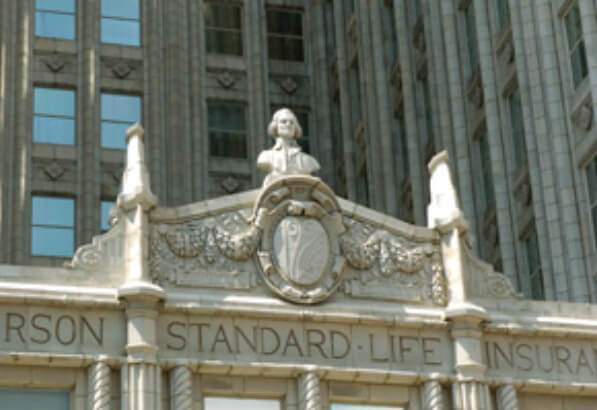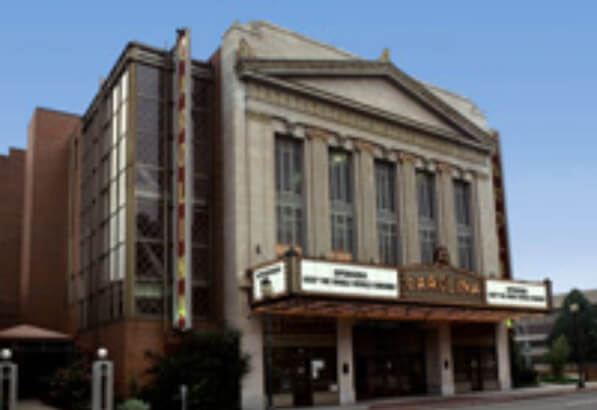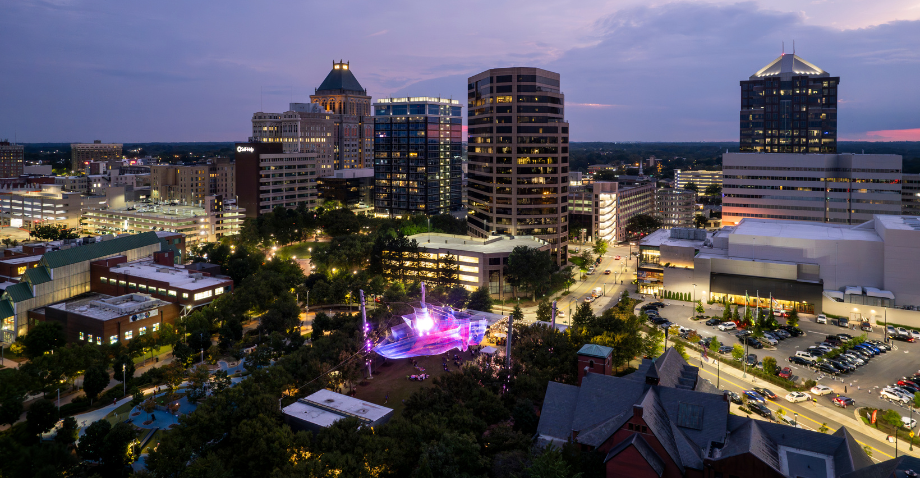
Like the rest of the country, Greensboro suffered during the Great Depression. Banks failed and people lost their jobs and homes. But, according to Gayle Hicks Fripp, Guilford County’s official historian and author of Greensboro: A Chosen Center, An Illustrated History, “The effects of the Great Depression were less severe than in some parts of the country, and recovery began in 1934.” We’ve been warned that economic collapse could happen again, and to some extent it has. Severe recessions have occurred, but nothing like those bleak days of the 1930s.
Life During the Depression

- During the Depression, hundreds lost their homes, including the lower and middle classes, as well as the elite who lived in Fisher Park and Irving Park.
- The city and county governments laid off workers.
- Schools eliminated “non-essential” offerings like music.
- Out-of-work men joined the Civilian Conservation Corps (CCC), Works Progress Administration (WPA), and Public Works Administration (PWA), three of the alphabet agencies created by the Franklin Roosevelt Administration to deal with the hard times.
- PWA workmen, joined by local out-of-work citizens rounded up by Mayor Paul Lindley, built Country Park, still enjoyed by thousands today.
- Roosevelt workers built the quaint bridges in Fisher Park and scores of other beautification projects including a mural in the auditorium at Grimsley High School that is intact more than 70 years later.
Banks

- Bank of South Greensboro
- In 1933, the Bank of South Greensboro became the city’s first and largest bank to close.
- Security National Bank
- Due to its growing population, Greensboro needed a bank. Jefferson Standard Life Insurance Co. stepped in and started Security National Bank. The bank survived the Depression and went on to become a large operation with branches in several Piedmont towns.
- In 1961, Security National Bank merged with a Charlotte bank to become North Carolina National Bank, which grew and later changed its name to NationsBank. It is now called Bank of America.
- Textile Bank
- The Cone family founded Textile Bank for employees of their mills.
- The Cones felt an obligation to their employees. The bank paid about 65 cents on the dollar per depositor. The Cones made up the difference, a sum totaling more than $300,000.
- Customers never recovered the money they lost in bank closings, with the exception of Textile Bank.
Manufacturing and Construction
- Cone Mills kept its plants running. Mill workers were compensated with both cash and script. Script could be spent at the company stores and other mill-owned shops and restaurants.
- Greensboro completed a number of construction projects before Black Tuesday in 1929. This included Grimsley and Dudley high schools, the Carolina Theatre, the Southern Railway Train Station, the King Cotton Hotel, and the Guilford Building.
- Even during the Depression, some construction continued. The federal government built what’s now known as the Preyer Federal Building – a wonderful example of Art Deco architecture. It opened in the early 1930s comprising a main post office, federal courtrooms, and offices for various federal agencies.
- In 1935, Spencer Love, founder and leader of Burlington Mills (later Industries), moved the company to Greensboro and built its headquarters on North Eugene Street downtown.
Leisure

- Despite the Depression, people enjoyed leisure activities by attending movies at the Carolina, National, State, Elm, and Imperial theatres.
- Residents attended football and baseball games at War Memorial Stadium and visited friends.
- People grew gardens to provide affordable, fresh vegetables.

